Masai Mara is the northern terminus of the great Wildebeest (and Zebra) migration. The southern border of Masai Mara is the northern border of the Serengeti. Animals move freely back and forth across the Kenya/Tanzania border without bothering to have their passports stamped. That’s a good thing because usually over a half million animals make the migration. That would totally overwhelm customs and immigration. Normally, this time of year, there would not be large numbers of either Zebra or Wildebeest present tin the Mara, they would be in the Serengeti. But this year, the early rains failed and when the migration crossed the Mara river and there were no nice fresh grass shoots that they were expecting to munch on, about half of them said “screw this” and crossed right back into Masai Mara. This sort of explains why there didn’t seem to be as many animals as I was expecting in the Serengeti. But for that lack, it made the Masai Mara much more interesting. In places, there were scattered small herds of Zebra and Wildebeest as far as you could see.
We arrived at Masai Mara on the first day of the April Rains. We had a couple of tremendous thunder showers that dumped a ton of water on the parched land. It made some of the low spots fairly boggy and you could see the plains greening from day to day. We had more “interesting skies” and I did a couple nice time lapses of thunderstorms rolling across the plains. I had some of my best ever carnivore feedings including Lions eating a Zebra, Vultures eating a Zebra and a stray Masai Cow, and Cheetahs eating a baby Wildebeest (from very close).
Since we arrived on the day the rains started, we had some very interesting skies at times:
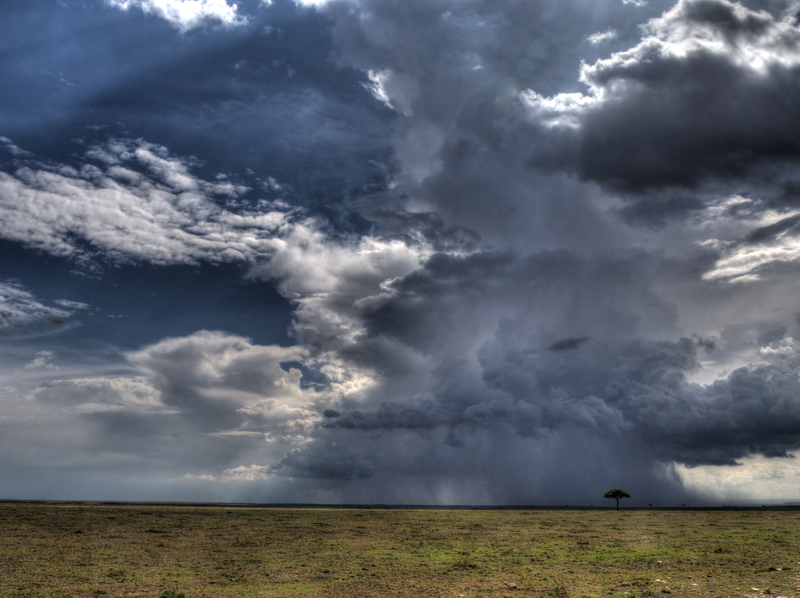
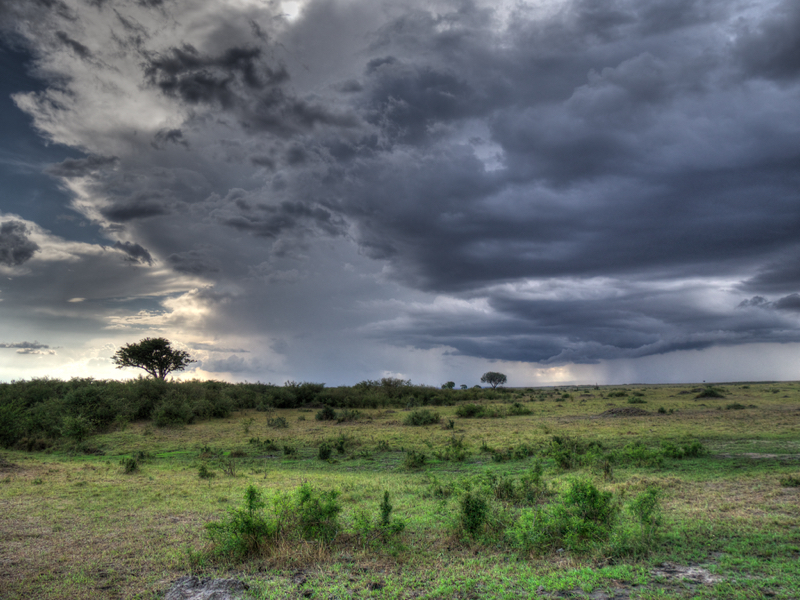
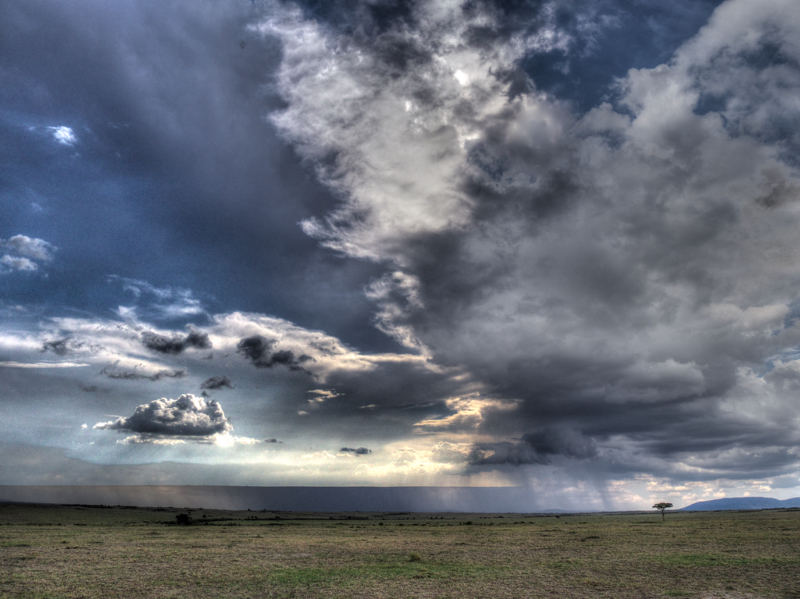
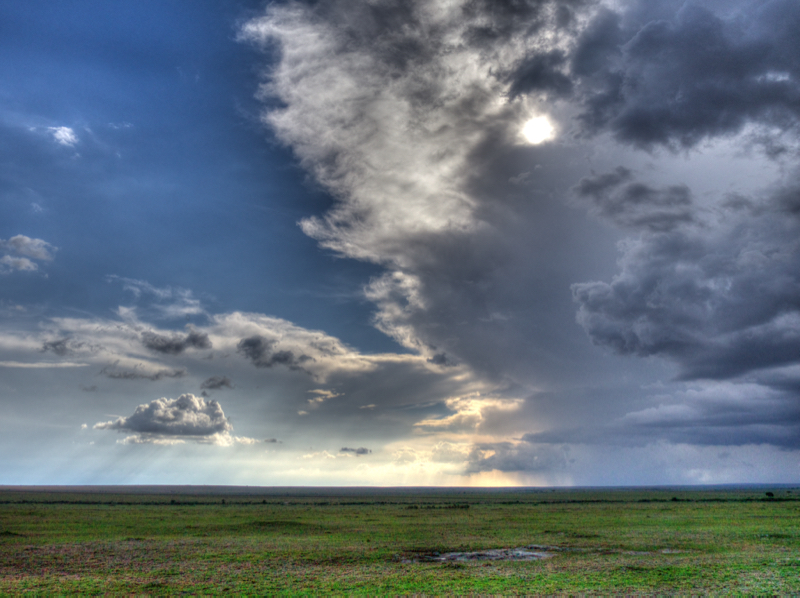
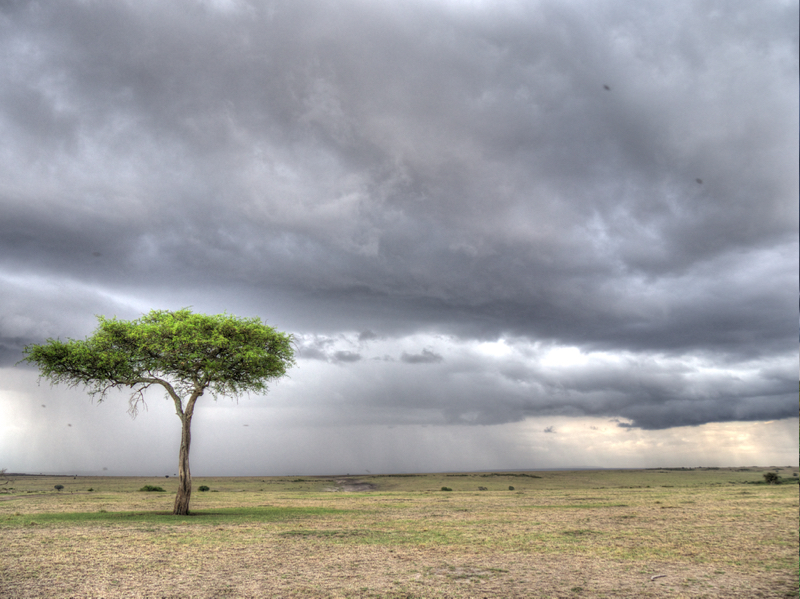
It was also very good for shooting iPhone Panoramas:
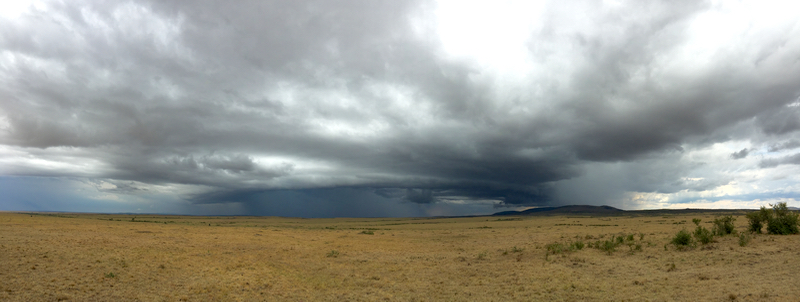
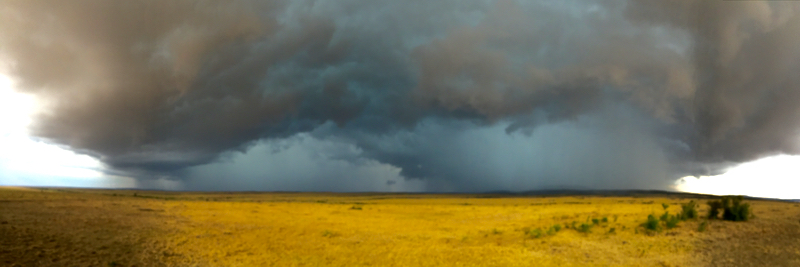
Lots of these beautiful lizards near the Mara River:

There were a ton of Zebra in the Mara, way more than you would expect at this time of year:
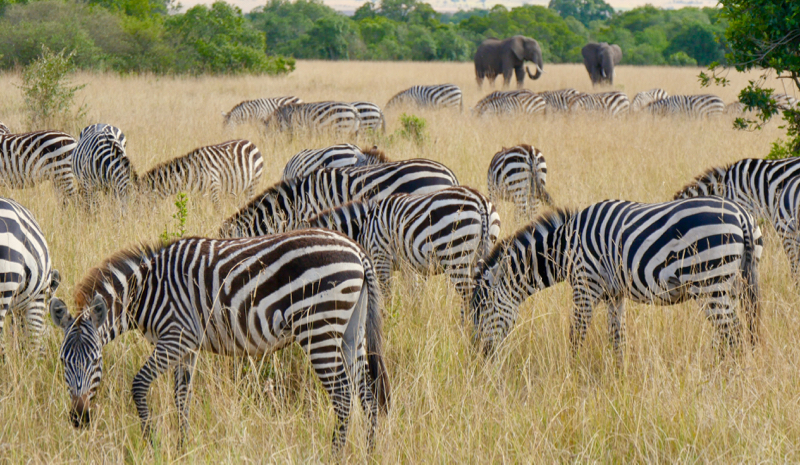
One thing that seems unique to me in the Mara is that the plains are scattered with far more bones of predator kills than I’ve seen anywhere else:

We had lots of feeding action, here are some Vultures working on a Zebra carcass:
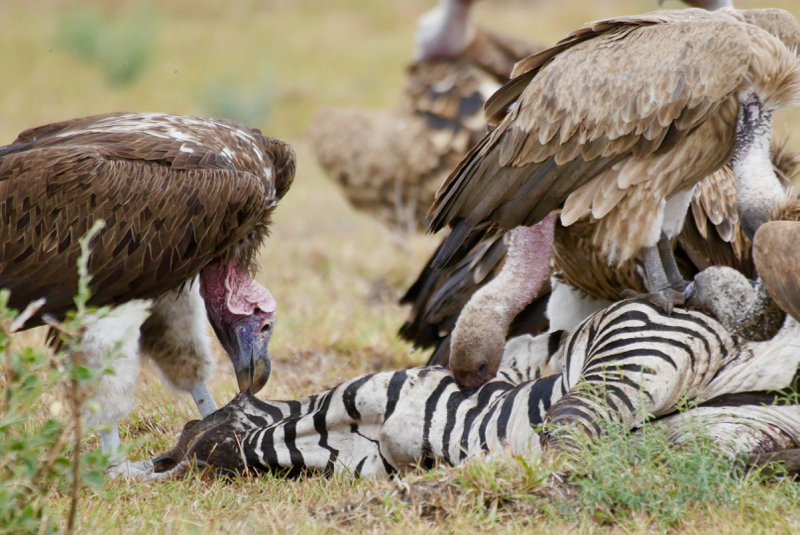
We found five Cheetahs (Mom and 4 nearly mature cubs) feeding on a fresh kill of a baby Wildebeest:
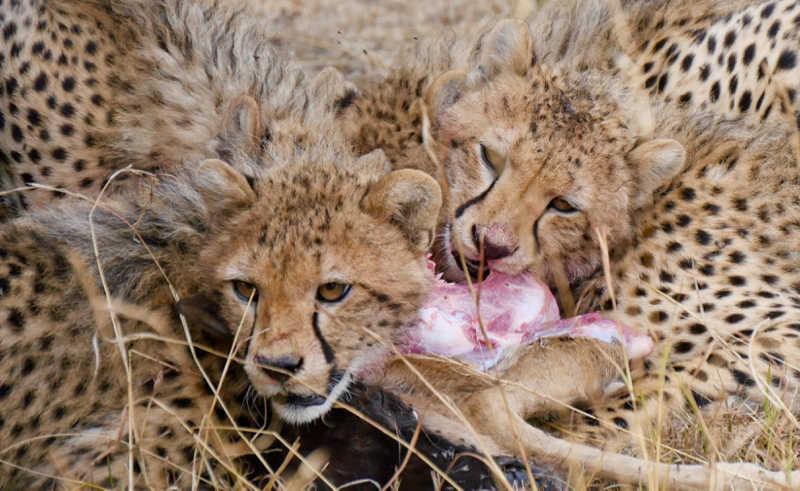
We had two Lion kills about a half mile apart. One was a Hartebeest quite well hidden in the bush, and the other was this Zebra that was very close to the road. We spent about an hour and a half with this pride as they fed, rested, fed some more and finally drug the carcass out of view. There were 18 Lions in the pride:
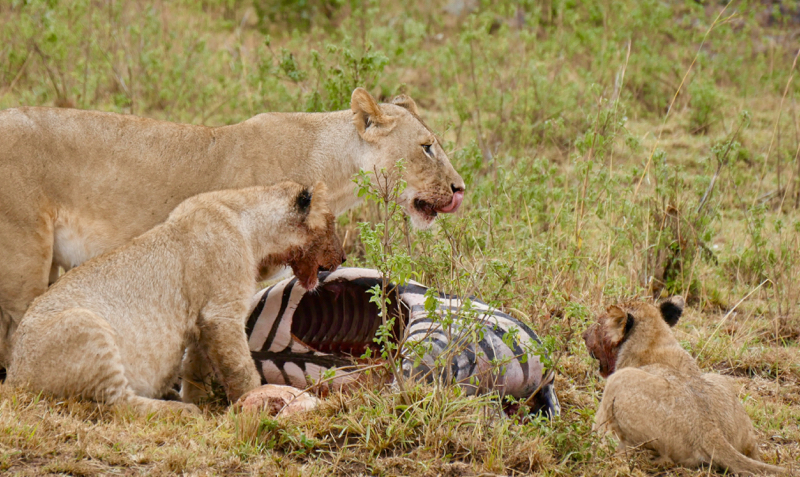
It’s good to be king:

No comments:
Post a Comment